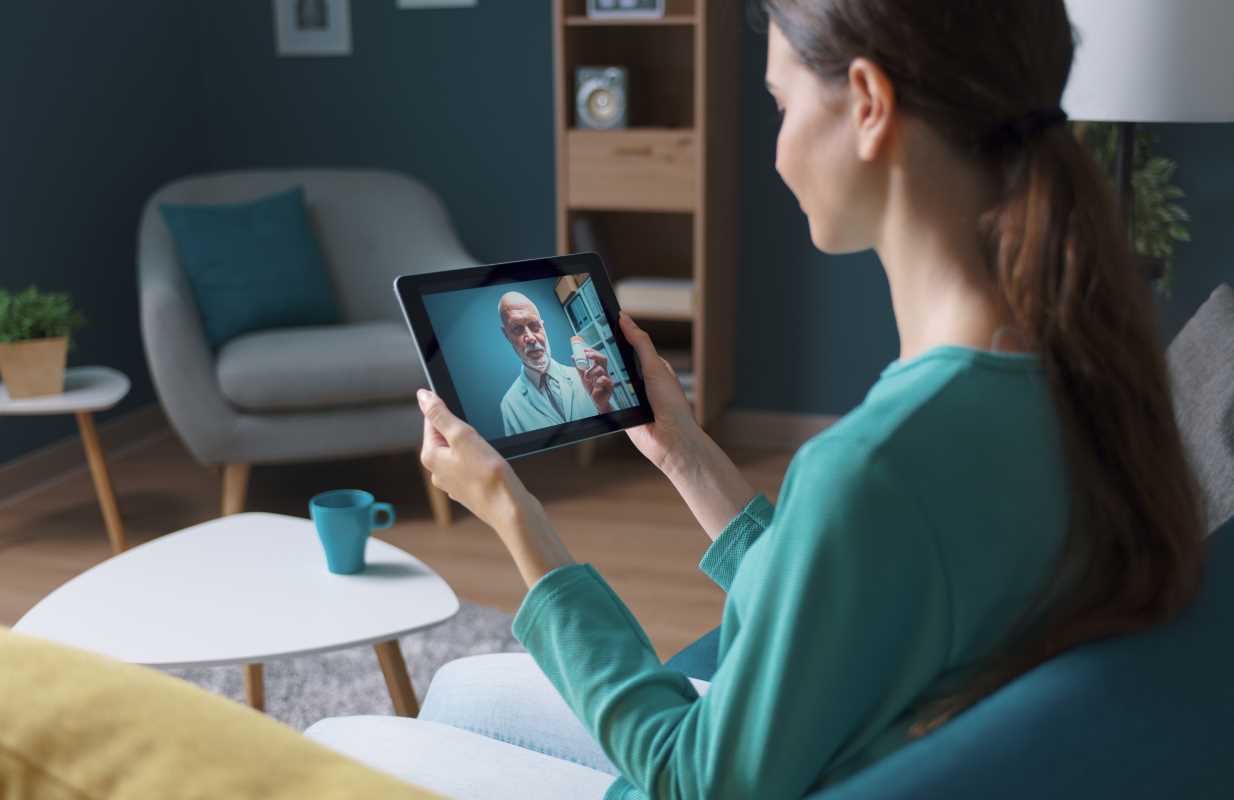Quality healthcare remains elusive for people in remote communities, presenting a challenge that affects their well-being. Living far from urban centers, these individuals often face geographical barriers, a lack of adequate medical facilities, and a shortage of specialized healthcare professionals, which can lead to delayed diagnoses and treatments. Telemedicine has stepped in as a crucial solution, effectively connecting these underserved areas with vital healthcare services. By harnessing technology, telemedicine grants remote communities unparalleled access to medical expertise, thereby improving health outcomes and elevating the overall quality of life for those who need it most.
Challenges Faced by Remote Communities
- Geographical Barriers: Remote areas often lack nearby healthcare facilities, which forces residents to travel long distances for medical care.
- Limited Medical Personnel: A shortage of healthcare professionals in rural regions leads to longer wait times and reduced access to specialized care.
- Infrastructure Deficiencies: Inadequate transportation systems and poor internet connectivity hinder timely delivery of medical services.
- Economic Constraints: Limited financial resources can make healthcare unaffordable for many individuals in remote communities.
- Cultural and Language Barriers: Diverse populations may struggle to access culturally competent care, impacting the effectiveness of treatment.
The Role of Telemedicine
Telemedicine uses digital health tools to connect patients in remote areas with healthcare providers, facilitating consultations, diagnoses, and treatment plans without the need for physical travel. These technologies include video conferencing, remote monitoring devices, and secure messaging platforms, which collectively create a virtual healthcare environment. By integrating telemedicine into the healthcare system, remote communities can overcome many of the logistical and resource-based obstacles that have historically limited their access to medical care.
Telemedicine enables continuous care by allowing regular follow-ups and monitoring of chronic conditions. This sustained interaction helps in early detection of potential health issues, ensuring timely interventions. The integration of electronic health records (EHRs) further enhances the efficiency of telemedicine by providing healthcare professionals with instant access to patient histories, leading to more informed decision-making and personalized care.
Benefits of Telemedicine for Remote Communities
- Improved Access to Specialists: Patients can consult with medical specialists from urban centers without the need to travel, receiving expert opinions and advanced treatments.
- Cost-Effective Healthcare: Reducing the need for travel and hospitalization lowers overall healthcare expenses, making medical services more affordable.
- Timely Medical Interventions: Rapid access to healthcare professionals allows for quicker diagnosis and treatment, potentially saving lives.
- Enhanced Patient Convenience: Telemedicine offers flexibility in scheduling appointments, accommodating the lifestyles of remote community members.
- Continuity of Care: Ongoing monitoring and regular virtual check-ups ensure that patients receive consistent medical attention, particularly those with chronic illnesses.
Challenges and Limitations of Telemedicine
Despite its numerous advantages, telemedicine faces several hurdles that can impede its widespread adoption in remote areas. The healthcare gap includes issues such as inadequate internet infrastructure, making reliable telecommunication services a challenge. Concerns regarding patient privacy and data security arise, as the transmission of sensitive medical information over digital platforms must adhere to stringent protection standards.
Another limitation is the lack of hands-on diagnostic capabilities in remote settings. While telemedicine can facilitate consultations and basic assessments, certain medical conditions require physical examinations or procedures that cannot occur virtually. The digital divide, characterized by disparities in technology access and digital literacy, may prevent some community members from fully benefiting from telemedicine services.
Addressing these challenges requires a multifaceted approach, including investment in robust telecommunication infrastructure, training for both healthcare providers and patients in using digital tools, and the development of secure platforms to protect patient information. Overcoming these obstacles is essential to ensure that telemedicine can fulfill its potential in enhancing healthcare accessibility for remote communities.
Telemedicine bridges the gap in healthcare access for remote communities by overcoming geographic and resource limitations. As technology advances, it will play an increasingly vital role in delivering quality care to underserved areas.
 (Image via
(Image via





